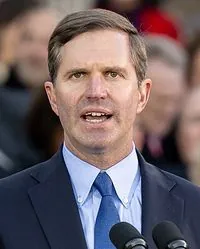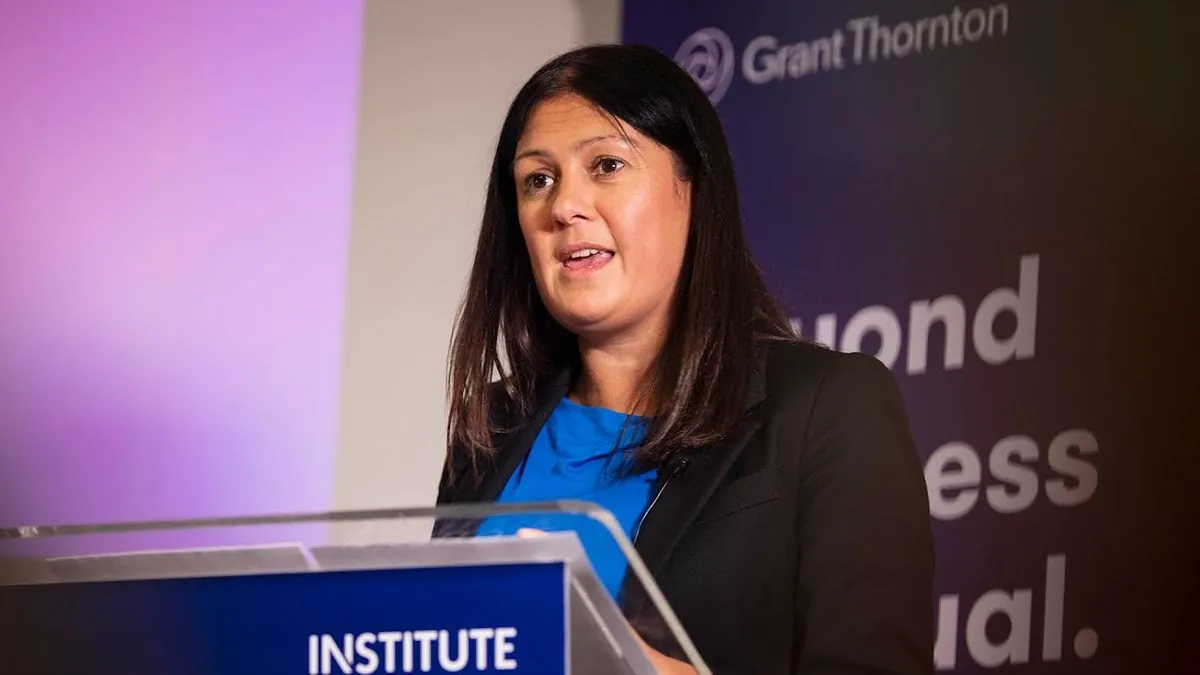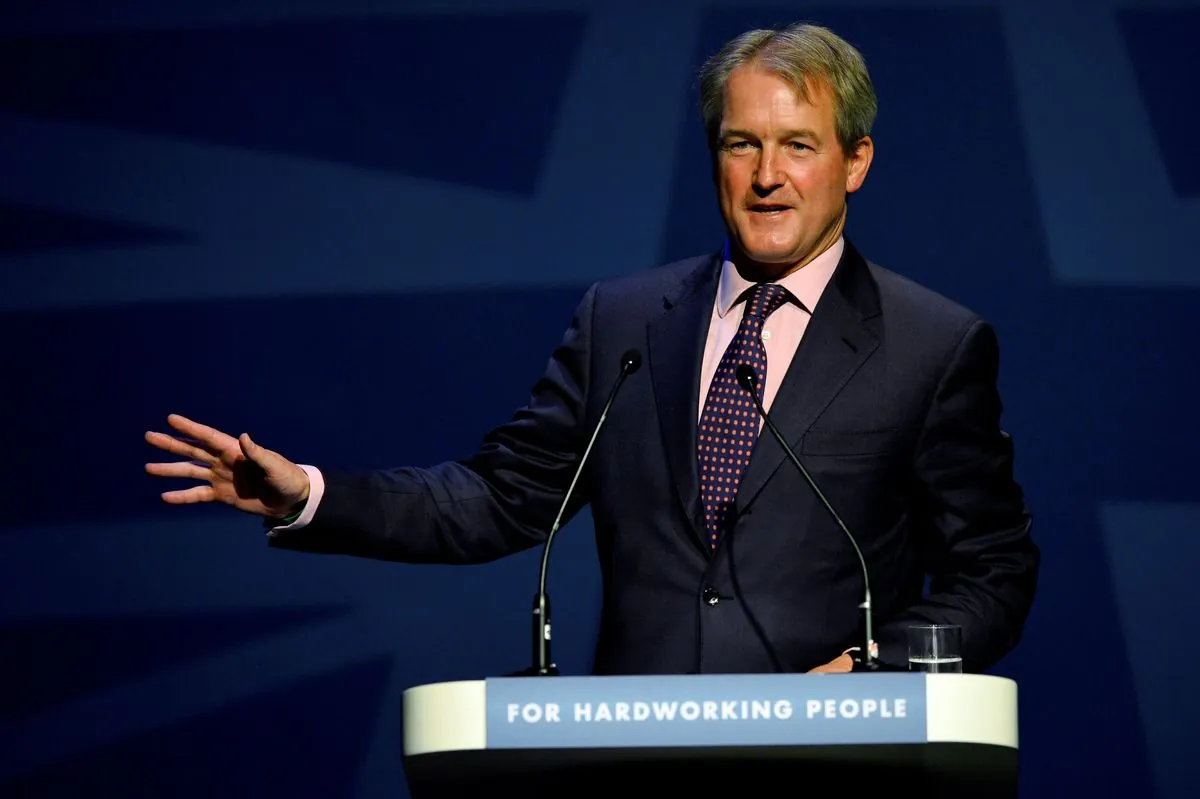Vistry Group Eyes Green Belt for Labour's Ambitious Housing Plan
Vistry Group aims to build 75,000 homes on green belt land, aligning with Labour's 1.5m homes target. The developer's profits rose 7%, but calls for increased government funding to meet housing goals.
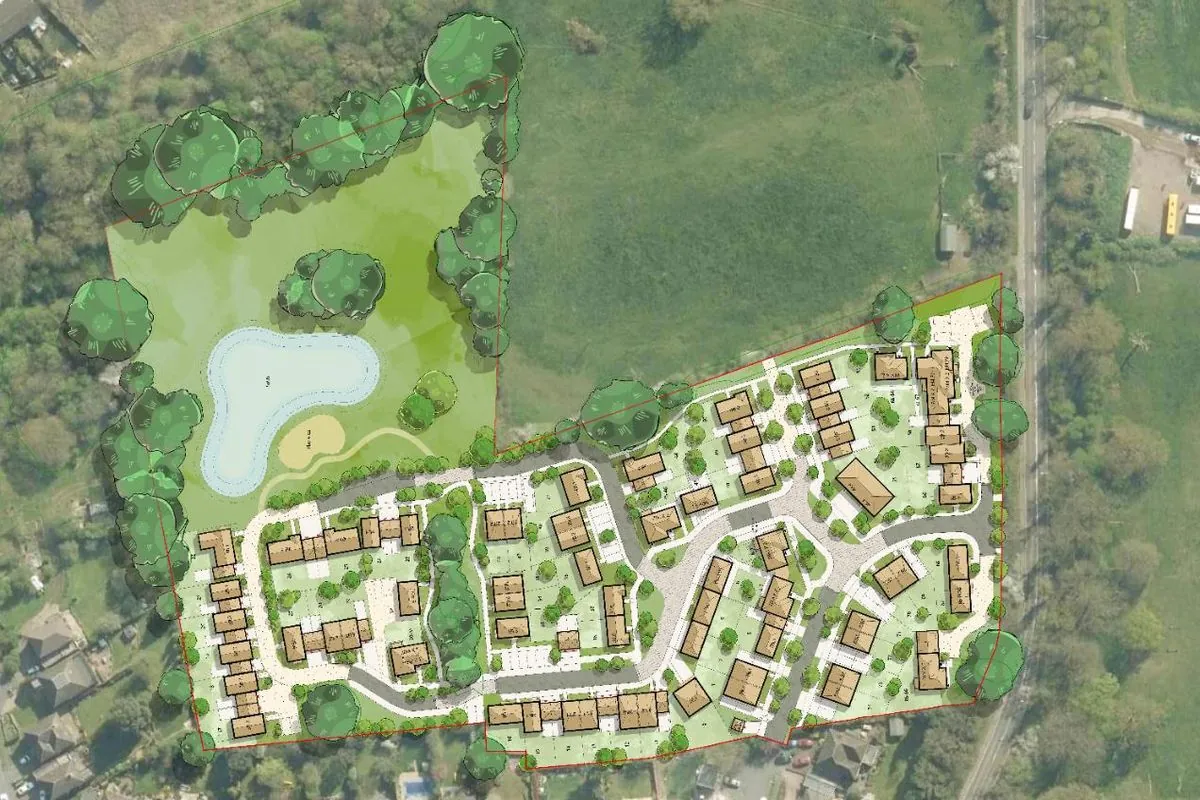
Vistry Group, one of the UK's largest housing developers, has revealed plans to construct tens of thousands of homes on green belt land, aligning with Sir Keir Starmer's ambitious planning reforms. The company stated that the majority of its 75,000 plots in its strategic land bank are situated on green belt sites, positioning it favorably to contribute to Labour's manifesto pledge of building 1.5 million homes over a five-year period.
The green belt, a concept first proposed in 1935, currently covers approximately 13% of England. This initiative by Vistry Group comes at a time when the UK's housing crisis, ongoing since the 1980s, has seen average house prices surge by over 65% in the past decade.
Greg Fitzgerald, Vistry's Chief Executive, expressed confidence in the company's ability to deliver on these targets, noting that their strategic land bank comprises more green and grey belt than brownfield land. This approach aligns with recent policy shifts, as outlined by Angela Rayner, the Housing Secretary, who in July 2023 introduced plans to unlock development on "grey belt" land - areas within the green belt that make limited contributions to preventing urban sprawl.
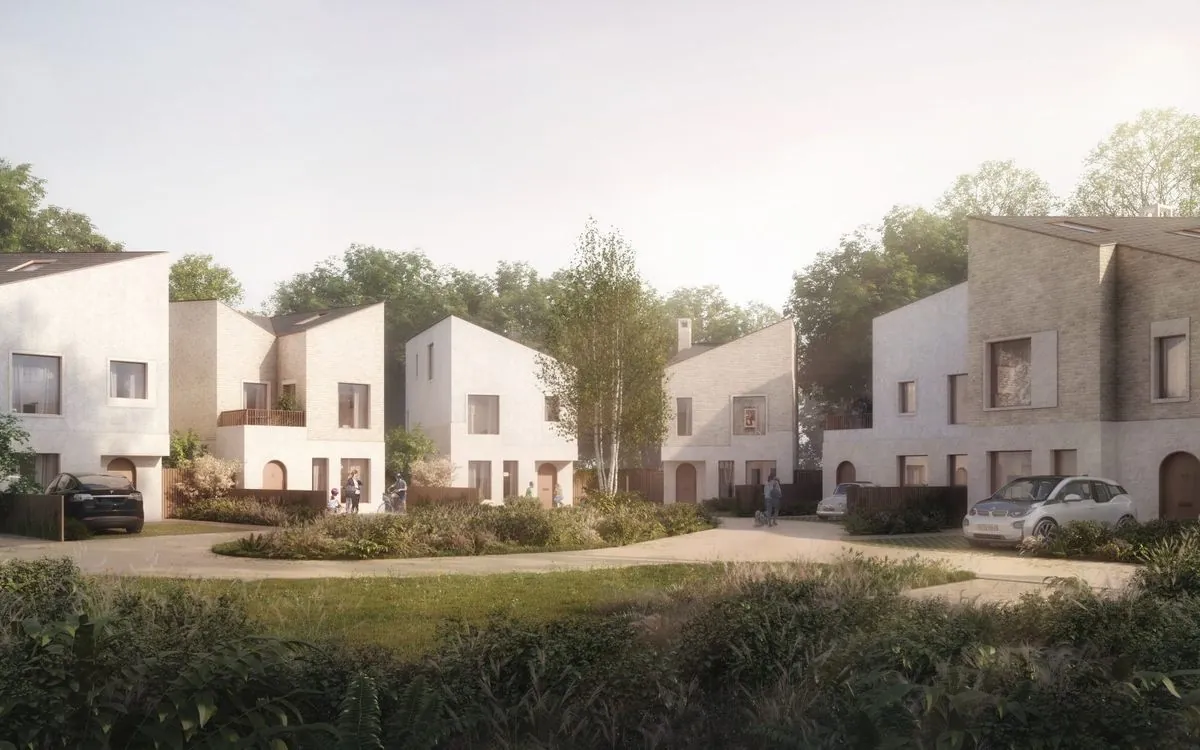
Vistry's existing proposals for green belt development include sites in Essex and around Coventry and Birmingham. The company's financial performance remains strong, with a 7% increase in profits to £186 million in the first half of 2023 compared to the previous year.
The UK government's previous target of building 300,000 new homes per year by the mid-2020s underscores the urgency of addressing the housing shortage. However, Fitzgerald emphasized that substantial government funding is crucial to achieve these ambitious goals:
"Housing associations over the next few years are going to need at least double what they've needed in the last programme, which finishes in 2026."
He called on Rachel Reeves, the Chancellor, to announce billions in additional funding to boost affordable housebuilding, warning that without such support, the government would fall far short of its housing targets.
The construction industry, which contributes about 6% to the UK's GDP, faces challenges beyond funding. A shortage of skilled workers, with over 200,000 vacancies in 2023, adds complexity to meeting housing demands.
Recent policy changes have already shown positive effects. Since the publication of the draft National Planning Policy Framework, which includes plans to reimpose and increase mandatory local authority house building targets, councils have become more inclined to grant planning permissions. This shift is crucial, considering that affordable housing in the UK is defined as no more than 80% of the average local market rent.
As the UK grapples with its housing crisis, the balance between development and preservation of green spaces remains a contentious issue. The average size of new homes has decreased by about 20% since the 1970s, reflecting the challenges of land availability and affordability. With housing associations providing homes for around 6 million people, the success of initiatives like Vistry's and the government's policies will be critical in shaping the future of UK housing.













